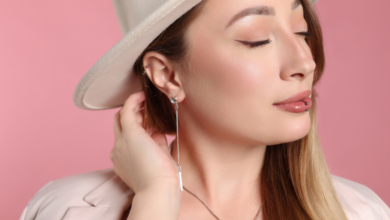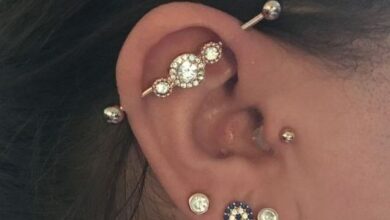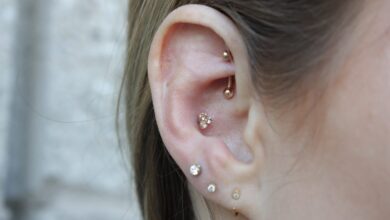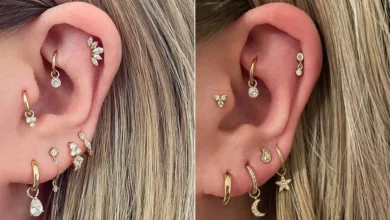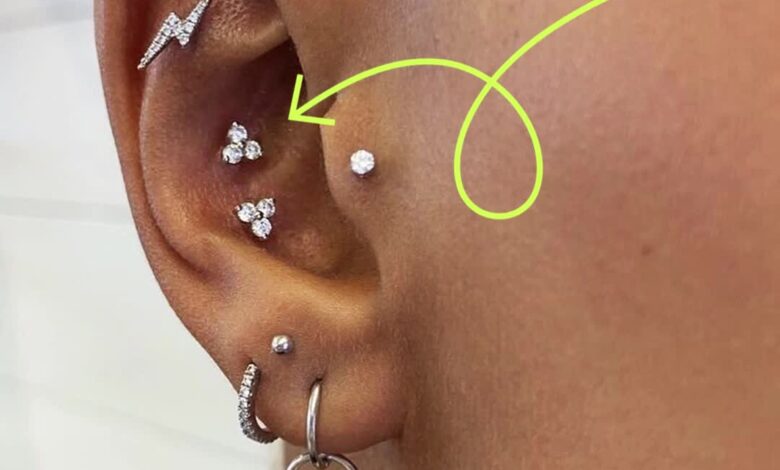
Get ready to embark on a unique and exciting journey as you discover the world of Conch Piercings. In this article, we will explore the captivating tale of how this intriguing form of body modification allows individuals to express their individuality and embark on a personal journey of self-discovery. From the inner transformation it represents to the outer beauty it brings, Conch Piercings are more than just a fashion statement; they are a way for people to embrace their true selves and celebrate their unique identity. So fasten your seatbelts and get ready to uncover the fascinating world of Conch Piercings.
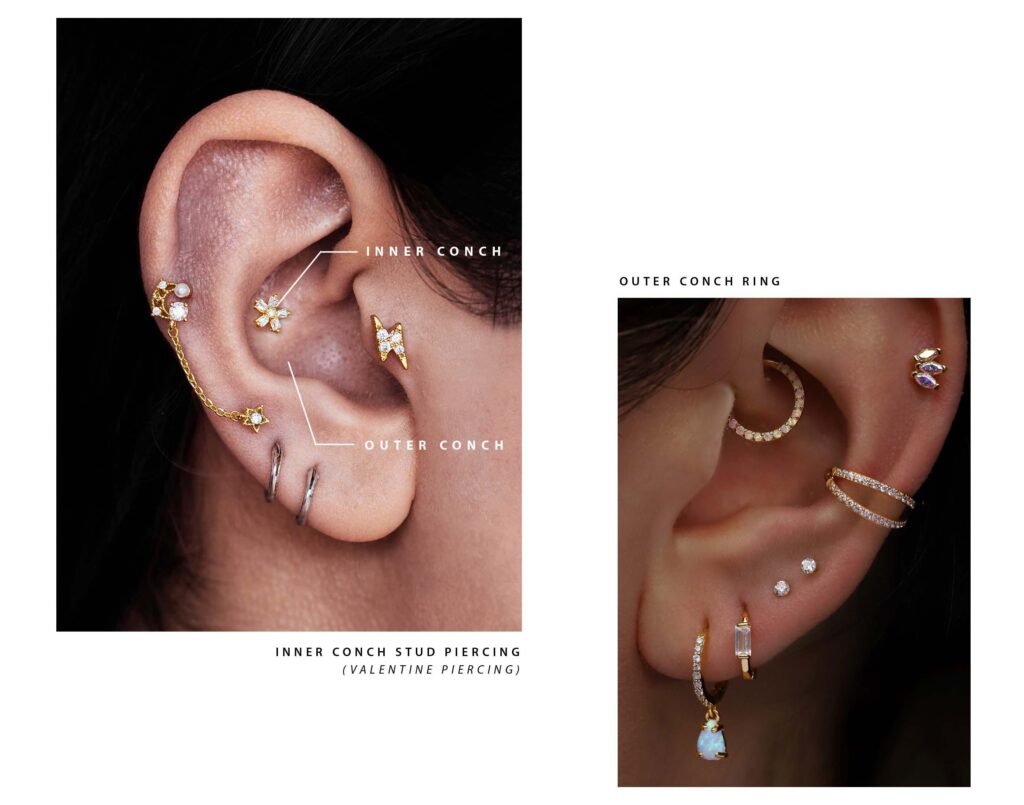
The History and Significance of Conch Piercings
The origins of conch piercings
Conch piercings have a rich and fascinating history that dates back centuries. The term “conch” refers to the shell of a large marine mollusk, and the piercings get their name from their location in the ear’s concha, the bowl-shaped area located in the middle of the outer ear.
The practice of conch piercings can be traced back to various ancient cultures, including the Mayans, Aztecs, and Native Americans. These cultures believed that the conch had spiritual and healing properties, making it a popular location for body adornment and religious ceremonies. The piercings were often seen as a form of self-expression and a way to connect with the divine.
The cultural significance of conch piercings
Depending on the culture, conch piercings hold different cultural significances. In some Native American tribes, conch piercings were used to signify a person’s transition into adulthood or their connection to their lineage. Similarly, in Mayan and Aztec cultures, conch piercings were seen as a symbol of wealth and high social status.
Conch piercings also hold significance in modern cultures. Many people view them as a way to showcase their individuality and style. They have become a popular choice among body modification enthusiasts and those seeking unique and eye-catching piercings.

Different styles and variations of conch piercings
Conch piercings offer endless possibilities for creativity and personalization. One of the most common styles is the traditional conch piercing, where a hole is made through the cartilage of the ear’s concha. This can be done horizontally or vertically, depending on personal preference.
Another popular variation is the double conch piercing, where two separate punctures are made through the concha. This style allows for a wider range of jewelry options and creates a visually striking look.
For those who prefer a more subtle approach, the inner conch piercing may be the perfect choice. This piercing is located deeper within the ear and can be adorned with delicate jewelry, creating a minimalist yet elegant look.
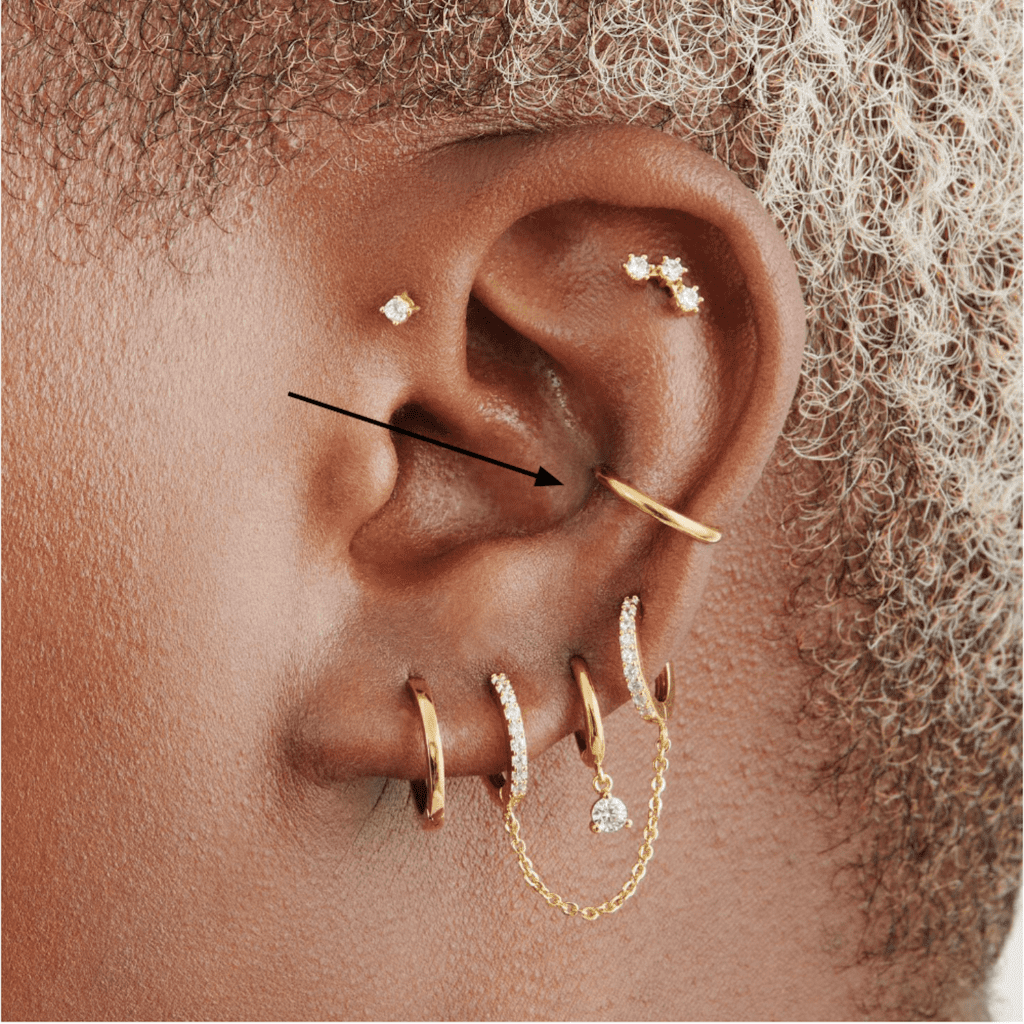
Preparing for a Conch Piercing
Choosing a professional and reputable piercer
When getting a conch piercing, it is crucial to choose a professional and reputable piercer. Look for someone who has extensive experience and a clean and sterile studio. Ask for recommendations from friends or research online for reviews before making a decision.
Understanding the potential risks and complications
While conch piercings are generally safe when done by a professional, it’s essential to be aware of the potential risks and complications. These can include infection, allergic reactions to jewelry materials, and migration or rejection of the piercing. By understanding these risks, you can make an informed decision and take proper precautions during the healing process.
Deciding on the placement and jewelry
The placement of your conch piercing will depend on personal preference and the anatomy of your ear. A professional piercer can help guide you in choosing the best placement to ensure aesthetics and minimize potential complications.
Selecting the right jewelry is equally important. During the healing process, it’s advisable to opt for hypoallergenic materials like titanium or surgical-grade stainless steel. Once the piercing has fully healed, you can explore different styles and materials that suit your taste and personality.
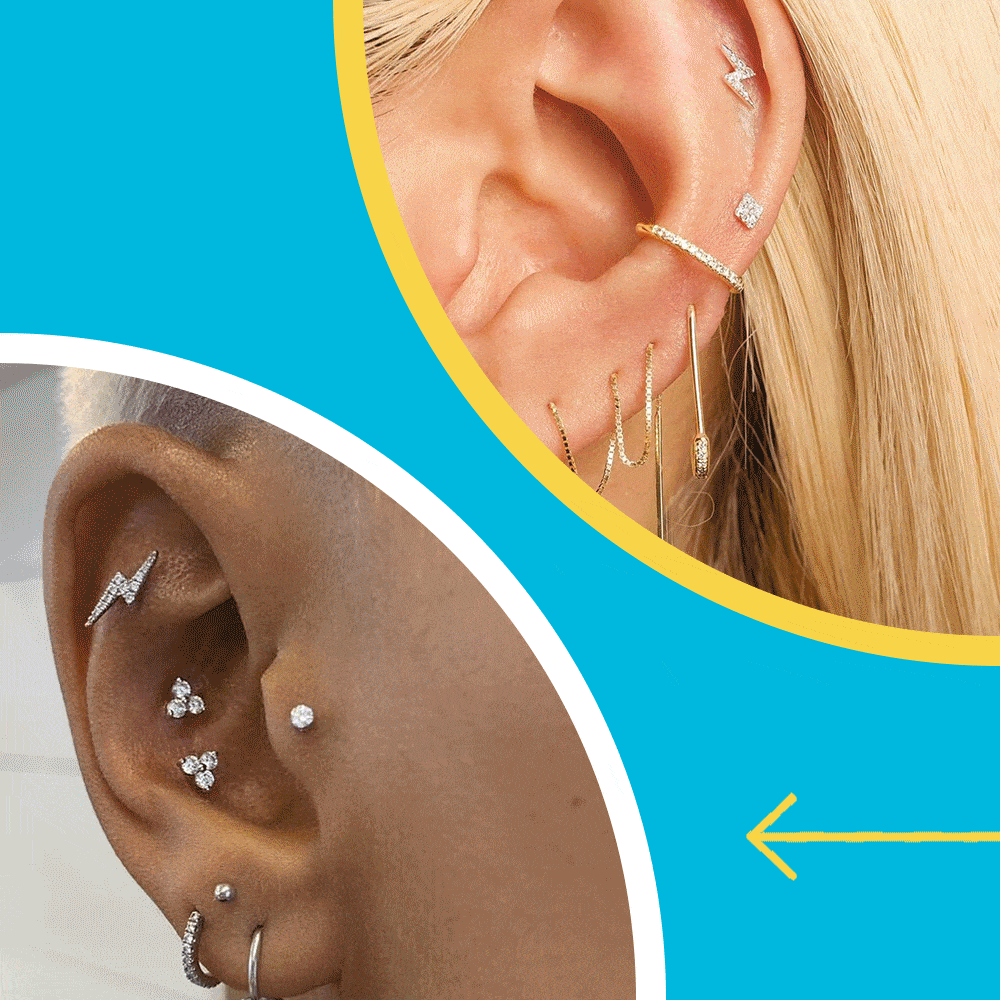
The Procedure of Getting a Conch Piercing
The importance of proper hygiene
Before the piercing procedure, it is crucial to ensure proper hygiene. This includes thoroughly cleaning your ear and the surrounding area to minimize the risk of infection. Follow your piercer’s guidelines on how to prepare for the procedure to ensure the best possible outcome.
The use of sterilized equipment
A reputable piercer will only use sterilized equipment during the piercing process. This includes sterilized needles, clamps, and jewelry. Sterilization is necessary to prevent the transmission of infections and other complications.
The step-by-step process of the piercing
The conch piercing procedure typically involves the following steps:
- The piercer will mark the desired placement of the piercing on your ear.
- Once you’re comfortable with the placement, the piercer will clean the area and mark the exact spot for the piercing.
- Using a sterilized needle, the piercer will create a hole in the concha of your ear.
- Once the hole is made, the piercer will insert the chosen jewelry and ensure it is secure.
- Finally, the piercer will offer aftercare instructions and answer any questions you may have.
Aftercare Tips for Conch Piercings
Cleaning the piercing properly
Proper aftercare is vital for the healing of your conch piercing. Your piercer will give you detailed instructions on how to clean the piercing and what products to use. Cleaning typically involves gently washing the area with a saline solution or a non-alcoholic, fragrance-free cleanser. This process should be done twice a day to prevent infection and promote healing.
Avoiding certain activities and products
During the healing process, it’s essential to avoid activities and products that can irritate or harm the piercing. This includes avoiding swimming in pools or hot tubs, exposing the piercing to excessive moisture, and wearing tight or restrictive headwear. It’s also important to avoid using alcohol-based products, ointments, or harsh soaps on the piercing as they can hinder the healing process.
Dealing with common aftercare issues
While conch piercings generally heal without complications, some individuals may experience common aftercare issues such as redness, swelling, or mild discomfort. These issues can often be managed by practicing good aftercare and taking over-the-counter pain relievers if necessary. However, if you notice excessive swelling, pus, or severe pain, it’s essential to seek medical advice as it might indicate an infection or other complications.
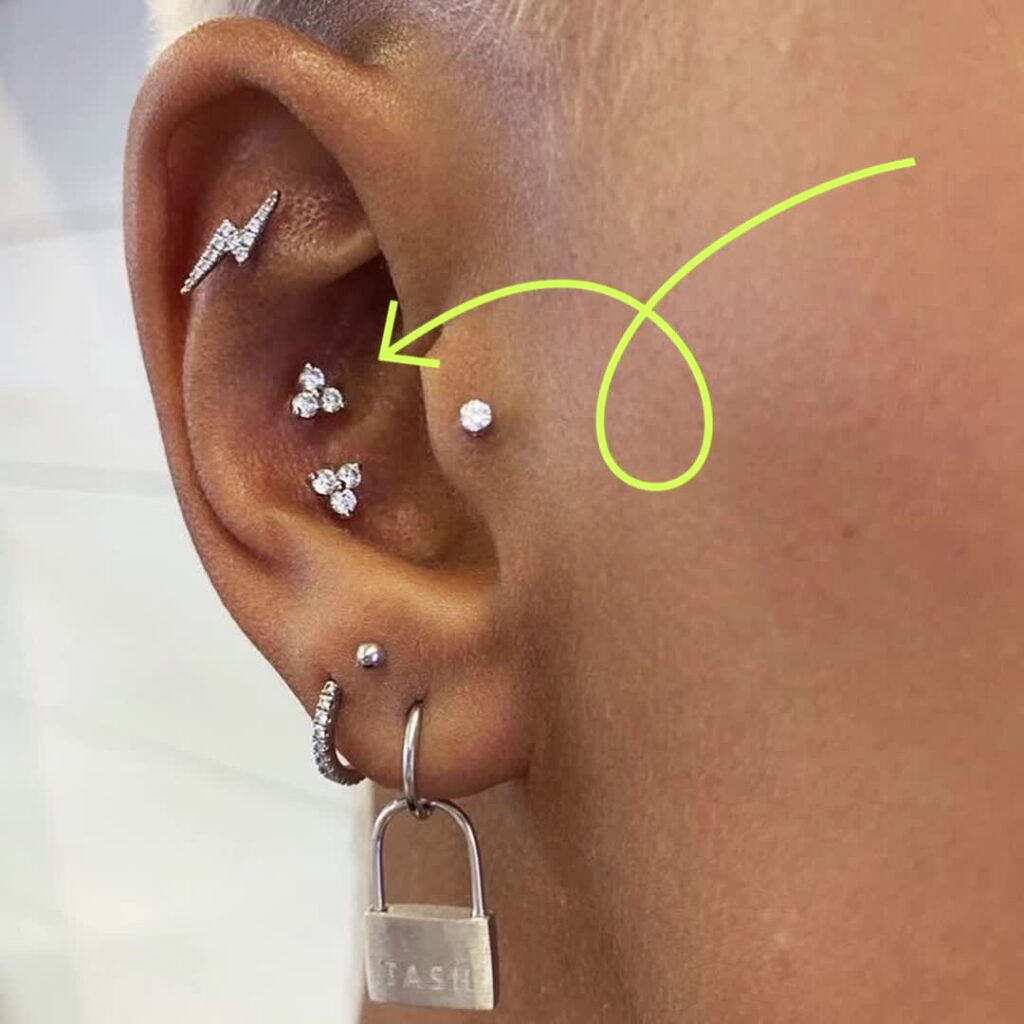
The Healing Process of Conch Piercings
Understanding the timeline for healing
The healing process for conch piercings can vary from person to person but typically takes anywhere from 6 to 12 months. During this time, it’s crucial to be patient and diligent with your aftercare routine. Avoid changing or removing the jewelry before your piercing has fully healed to prevent complications.
Recognizing signs of infection or complications
While infections are relatively rare with conch piercings, it’s important to be able to recognize the signs early on. These signs can include increased pain, excessive redness, persistent swelling, discharge with an unpleasant odor, or the formation of a bump around the piercing. If you suspect an infection or experience any other complications, seek medical attention promptly.
Tips for promoting faster and healthier healing
To promote faster and healthier healing of your conch piercing, follow these tips:
- Clean the piercing regularly and gently, following your piercer’s instructions.
- Avoid touching or playing with the jewelry to minimize the risk of introducing bacteria.
- Maintain a healthy lifestyle, including a balanced diet and regular exercise, as it can aid in the healing process.
- Get enough sleep and manage stress levels, as these factors can affect your body’s ability to heal.
Changing and Upgrading Conch Piercing Jewelry
When and how to change the initial jewelry
It’s best to wait until your conch piercing is fully healed before changing the initial jewelry. This typically takes around 6 to 12 months, but healing times can vary. Changing the jewelry too soon can disrupt the healing process and increase the risk of complications.
When changing the jewelry, it’s essential to use clean, sterilized tools and handle the jewelry with clean hands to minimize the risk of infection. If you’re unsure about how to safely change the jewelry, consult your piercer for assistance.
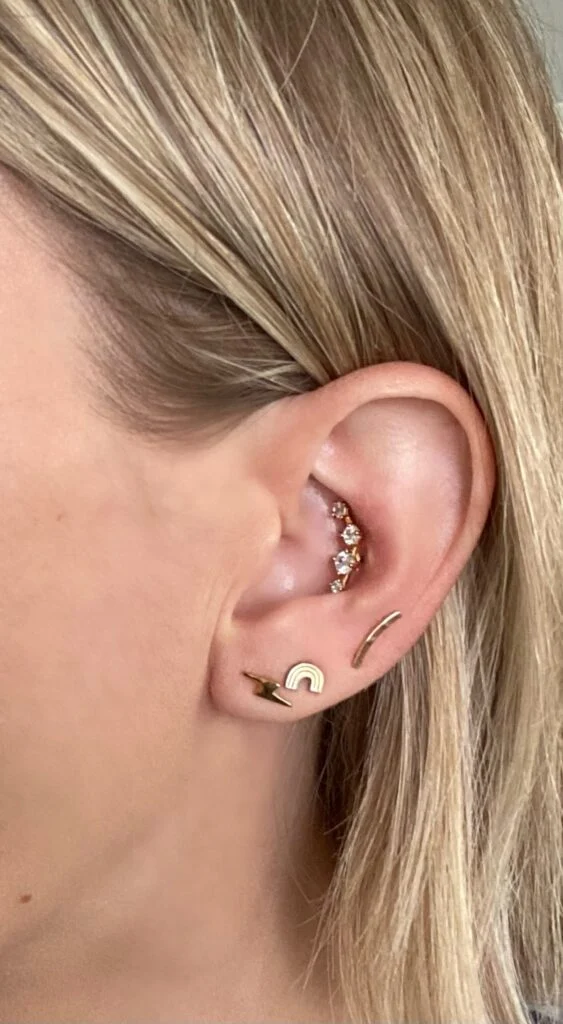
Exploring different jewelry options
Once your conch piercing has healed, you can explore a wide array of jewelry options to suit your style and preferences. From simple studs to elaborate hoops and dangles, there are endless choices available. Consider factors like material, design, and comfort when selecting new jewelry.
Choosing the right size and style for your conch piercing
When selecting new jewelry for your conch piercing, it’s crucial to choose the right size and style. The size should fit comfortably and not put unnecessary pressure or strain on the piercing. The style of jewelry should align with your personal taste and complement your overall look. Consult your piercer or a professional jeweler for guidance on finding the perfect fit for your conch piercing.
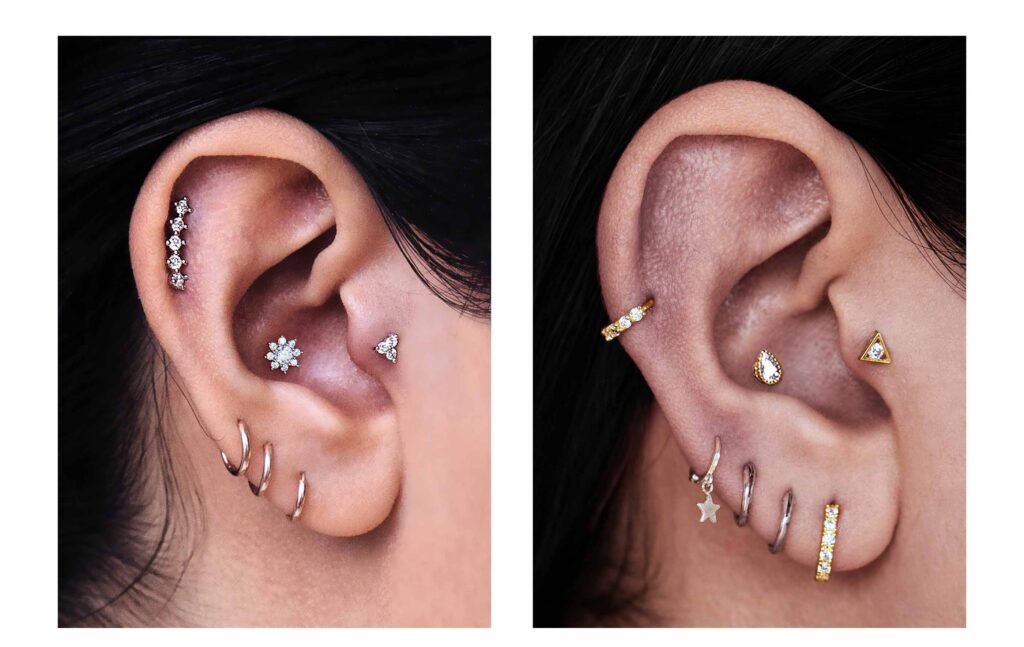
Tips for Dealing with Pain and Discomfort
Managing pain during and after the piercing
During the conch piercing procedure, you may experience a brief moment of pain or discomfort. However, many people find the pain to be manageable and short-lived. Your piercer can use techniques like numbing creams or ice packs to minimize discomfort during the procedure.
After the piercing, over-the-counter pain relievers such as ibuprofen or acetaminophen can help manage any lingering discomfort. Follow the recommended dosage and consult your healthcare provider if you have any concerns.
Using appropriate methods for pain relief
During the healing process, it’s normal to experience some mild pain or discomfort. To alleviate this, you can try using warm saline soaks or compresses to help reduce swelling and promote healing. Gently massaging the area with clean hands can also provide relief.
Avoid using topical pain relief creams or ointments on the piercing unless advised by a healthcare professional, as they can interfere with the healing process.
Seeking professional advice if necessary
If you experience severe or prolonged pain, excessive swelling, or any other concerning symptoms, it’s crucial to seek professional medical advice. Your healthcare provider or piercer can assess the situation and provide appropriate guidance or treatment if necessary.
Conch Piercings and Self-Expression
The personal and symbolic meanings behind conch piercings
Conch piercings hold personal and symbolic meanings for many individuals. They can be a form of self-expression and offer a unique way to showcase one’s personality, style, and individuality. Conch piercings can also be viewed as a form of empowerment and a way to celebrate body diversity and self-acceptance.
Using conch piercings as a form of art and self-expression
For those passionate about body modification and art, conch piercings offer a canvas to express creativity. The choice of jewelry, placement, and style can be seen as a personal art form and a way to tell a story or convey a specific message. Some individuals opt for custom-made or handcrafted jewelry to showcase their individuality and support independent artists.
Exploring different conch piercing styles for individuality
Conch piercings provide a versatile and customizable option for those seeking individuality in their appearance. With a range of jewelry styles and placement variations, individuals can create a distinctive look that sets them apart from the crowd. Whether it’s a minimalistic inner conch piercing or an intricate double conch with unique jewelry, there are endless possibilities for self-expression.
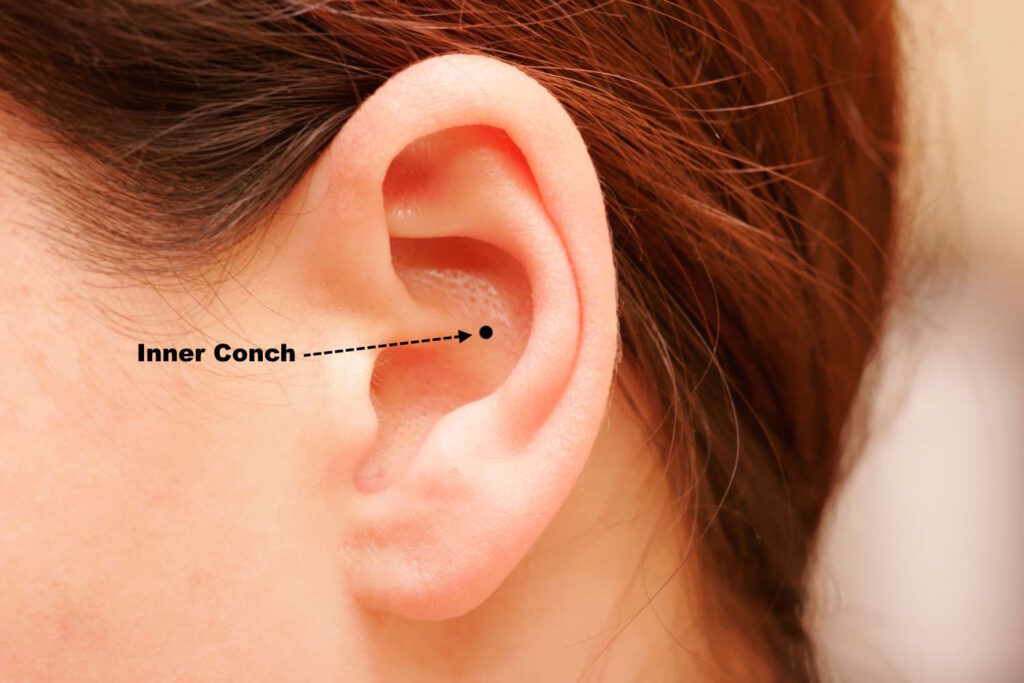
Common Myths and Misconceptions about Conch Piercings
Separating fact from fiction
Like any form of body modification, conch piercings have their fair share of myths and misconceptions. It’s important to separate fact from fiction to make informed decisions. Always consult reputable sources, professional piercers, or healthcare providers for accurate information.
Dispelling common misconceptions
One common misconception about conch piercings is that they are excessively painful. While everyone’s pain tolerance differs, many individuals report minimal discomfort during the piercing process. With proper aftercare, the healing process is generally straightforward, and complications are relatively rare.
Another misconception is that conch piercings can cause hearing loss or other ear-related issues. However, when performed correctly by a professional piercer, conch piercings should not affect hearing or cause any long-term complications.
Addressing concerns and fears about conch piercings
If you have concerns or fears about getting a conch piercing, it’s important to address them before making a decision. Talk to a professional piercer who can provide guidance and address any specific concerns you may have. Educating yourself about the process, aftercare, and potential risks will help alleviate fears and make an informed choice.
Potential Risks and Complications of Conch Piercings
Allergic reactions and sensitivity to jewelry materials
One potential risk of conch piercings is allergic reactions or sensitivity to certain jewelry materials. Some individuals may be allergic to metals like nickel or certain types of coating on jewelry. To minimize the risk of allergic reactions, it’s essential to choose hypoallergenic materials like titanium or surgical-grade stainless steel for initial jewelry and ensure proper hygiene.
Infections and proper hygiene
Infections are another potential risk with any piercing, including conch piercings. It’s important to practice good aftercare and maintain proper hygiene to minimize the risk of infection. Regularly cleaning the piercing, avoiding touching with dirty hands, and avoiding submerging the piercing in bodies of water during the healing period are crucial steps for infection prevention.
Migration and rejection of the piercing
Migration and rejection can occur with any piercing, including conch piercings. If the body perceives the jewelry as a foreign object, it may gradually move or push it out. This can result from factors like improper placement, incorrect jewelry size, or individual body response.Keeping the piercing clean and intact, and seeking professional advice if you notice any signs of migration or rejection, can help address this risk.
In conclusion, conch piercings offer a unique and meaningful way to express individuality and style. From their rich history and cultural significance to the procedure, aftercare, and potential risks, this comprehensive guide provides valuable information for those considering or already sporting a conch piercing. Remember to do thorough research, consult with professionals, and practice proper aftercare to ensure a safe and enjoyable conch piercing experience.

